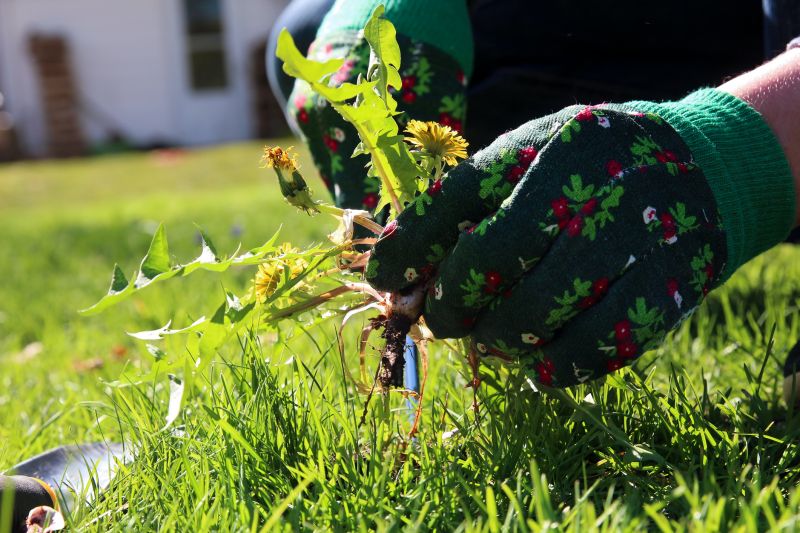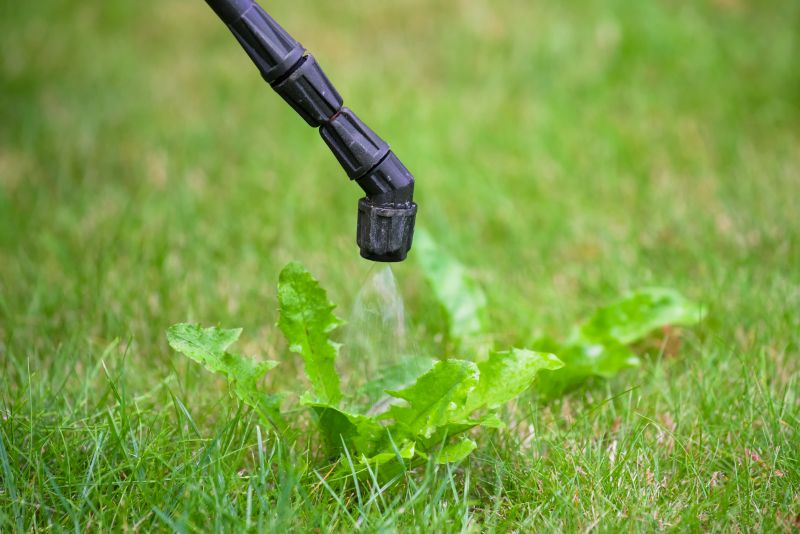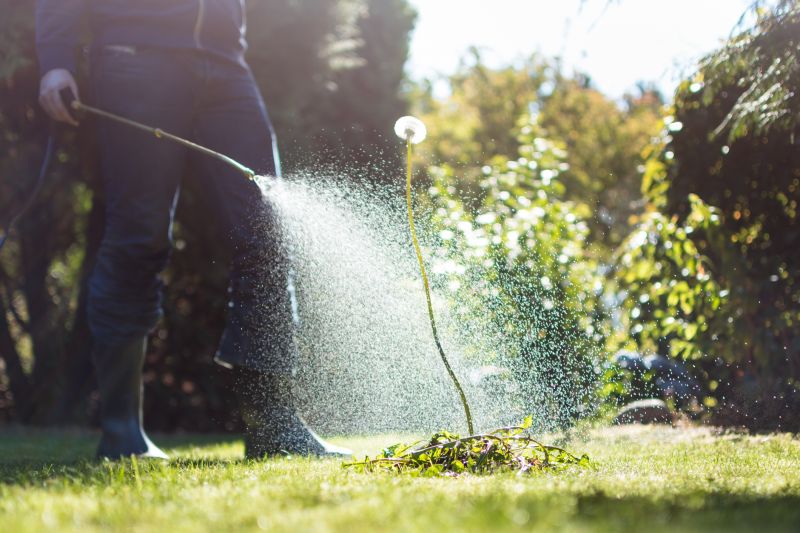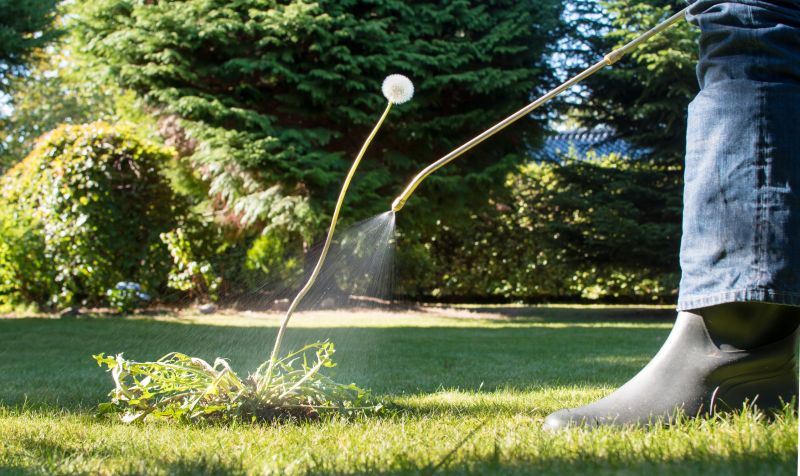Optimal Timing for Dandelion Treatments
Dandelion treatments are most effective when applied during specific growth stages of the plant. Early spring, just as the dandelions begin to emerge, provides an optimal window for intervention. This timing allows for better control before the plants mature and spread seeds. Late spring and early summer are also suitable periods, especially when treatments target mature plants to prevent seed dispersal. Timing is crucial for maximizing the efficacy of treatments and minimizing the need for repeated applications.
Applying treatments in early spring targets young dandelions before they develop deep roots, increasing success rates.
Treatments during this period focus on mature plants to prevent seed spread and reduce population.
Treatments are most effective when performed on calm, dry days to ensure proper absorption and minimize runoff.
Treatments during late fall or winter are less effective as dandelions enter dormancy, reducing absorption.

Young dandelions just emerging in early spring.

Fully grown plants with seed heads ready to disperse.

Ideal conditions for applying treatments effectively.

Ways to make Dandelion Treatments work in tight or awkward layouts.

Popular materials for Dandelion Treatments and why they hold up over time.

Simple add-ons that improve Dandelion Treatments without blowing the budget.
| Timing | Effectiveness |
|---|---|
| Early Spring | High – targets young plants before deep root development. |
| Late Spring | Moderate – controls mature plants before seed dispersal. |
| Early Summer | Effective – reduces seed spread from mature plants. |
| Fall | Low – plants are dormant, less absorption occurs. |
| Winter | Minimal – plants are inactive, treatments are ineffective. |
Dandelion treatments are most successful when timed according to the plant's growth cycle. Early interventions can prevent extensive spread and reduce the need for multiple applications. Proper timing also ensures treatments are more environmentally effective and cost-efficient. Regular monitoring of plant development and weather conditions can help determine the best treatment windows for specific locations.

Mature seed head ready for dispersal.

Treatment being applied on a dry, calm day.

Young plants emerging in early spring.

Area after successful treatment application.

High-end options that actually feel worth it for Dandelion Treatments.

Finishes and colors that play nicely with Dandelion Treatments.

Little measurements that prevent headaches on Dandelion Treatments day.

A 60-second routine that keeps Dandelion Treatments looking new.
Understanding the optimal timing for dandelion treatments can significantly improve control efforts. Proper application during the right growth stages ensures better results and reduces the frequency of treatments needed. For those interested in implementing effective dandelion control strategies, filling out the contact form can provide additional guidance tailored to specific landscapes.
